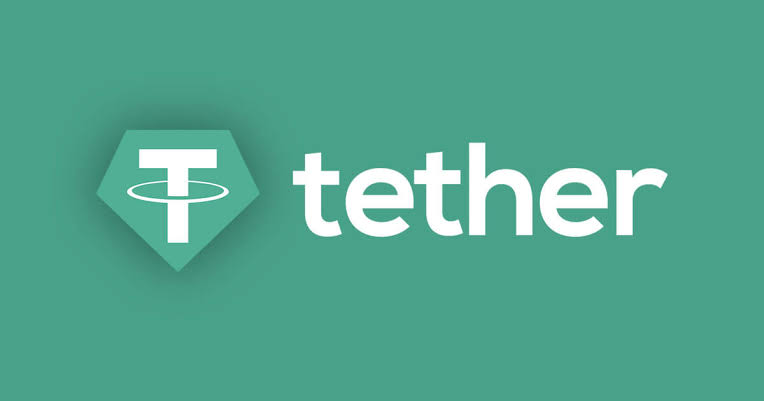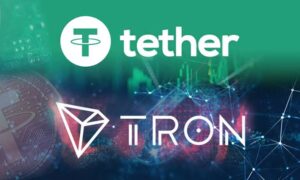
The cryptocurrency market is experiencing a strong bullish phase, and stablecoins like Tether (USDT) are playing a pivotal role in sustaining the rally. Bitcoin (BTC) recently reached record highs, boosting market sentiment as the year nears its conclusion. Behind the scenes, a surge in USDT inflows to exchanges has emerged as a critical factor fueling this momentum.
USDT Inflows and Their Impact
Recent data from Santiment reveals that over the past two months, USDT has been flowing into exchanges at an average rate of $40 million per day. These consistent inflows are providing liquidity and acting as a financial catalyst for the crypto market, helping drive prices upward. This influx of stablecoins often serves as “dry powder” for traders, enabling them to quickly allocate funds to cryptocurrencies and sustain the upward momentum.
As we approach the end of 2024, the continuous movement of Tether into exchanges indicates a positive outlook for the crypto market, with ample liquidity to support further growth.
Tether’s Dominance in the Stablecoin Market
While several competitors are making strides in the stablecoin sector—such as Ripple’s recently launched RLUSD—Tether remains the undisputed leader. Over the past year, USDT’s supply has surged from 90 billion to 140 billion, marking a $50 billion increase. As of now, Tether controls 66% of the $212 billion stablecoin market, maintaining its dominance in both supply and trading volumes.
According to a Chainalysis report, stablecoins have become increasingly popular for everyday transactions, even surpassing Bitcoin in some regions. Tether’s role as the market heavyweight underscores its significance in facilitating these transactions and supporting the broader crypto ecosystem.
The Growing Potential of Stablecoins
Stablecoins are not only driving cryptocurrency trading but are also finding use cases in cross-border payments, payroll, remittances, and trade settlements. A joint report by Standard Chartered and Zodia Markets highlights the potential for stablecoins to grow from 1% to 10% of the U.S. M2 money supply and foreign exchange transactions.
Stablecoins address inefficiencies in traditional financial systems by enabling faster and more cost-effective transactions. This utility, coupled with increasing adoption in emerging markets like Brazil and Nigeria, is setting the stage for further growth. Regulatory clarity—possibly spurred by changes in U.S. administration in 2025—could unlock even greater potential for stablecoins in global finance.
Final Thoughts
Tether’s growing inflows and dominance highlight the vital role of stablecoins in the ongoing crypto rally. As liquidity continues to flow into the market, the bullish sentiment around cryptocurrencies remains strong. Beyond trading, stablecoins are expanding their utility across industries, signaling their long-term potential to transform financial systems worldwide.
With 2024 wrapping up, all eyes are on the crypto market’s next move, and stablecoins like Tether are poised to remain at the forefront of this financial revolution.






